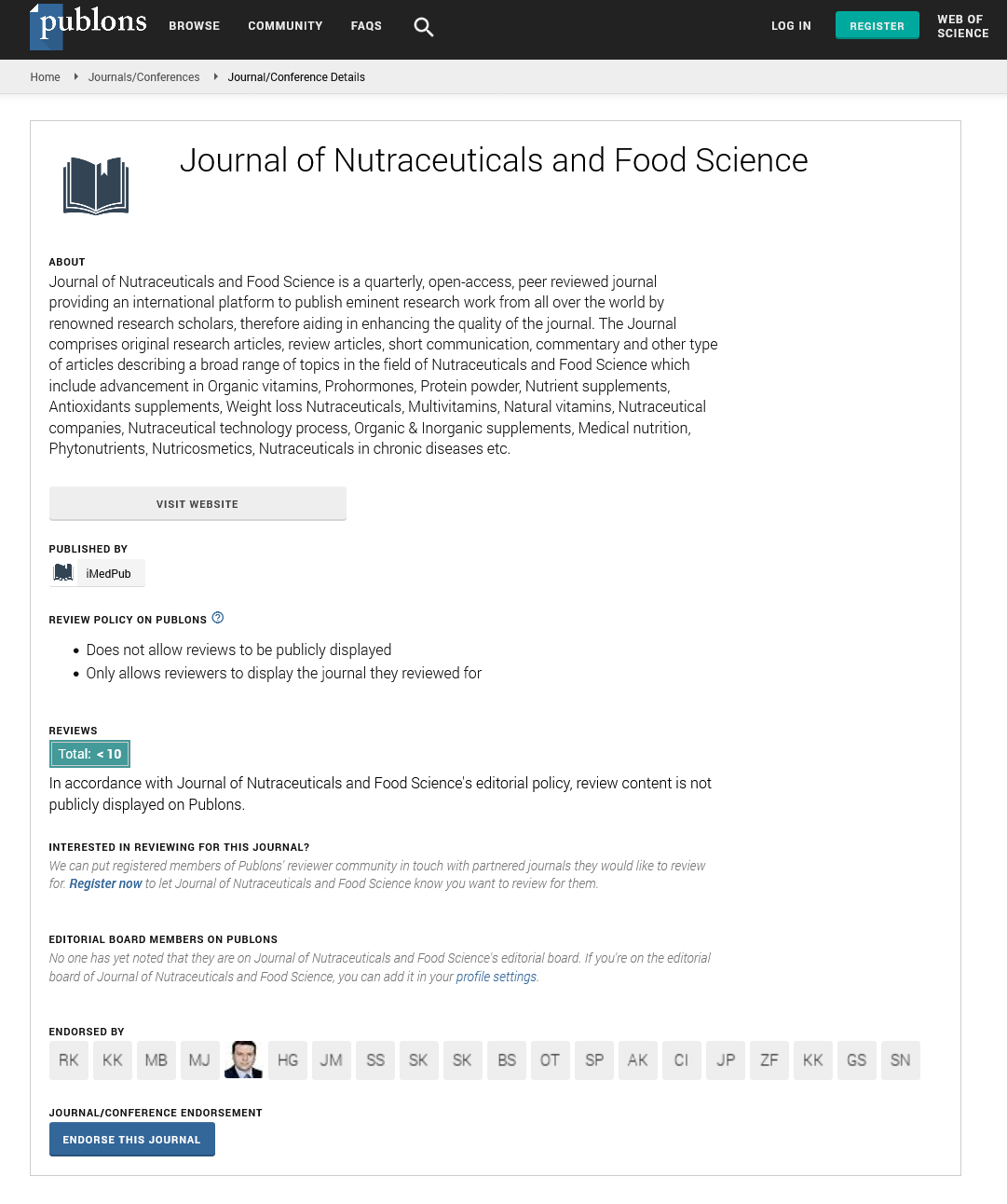Abstract
Carbohydrates in Food and Beverage Determination
Carbohydrates remain one of the most difficult macromolecules to study; the extremely basic heterogeneity of glycans, which gives them such intriguingly natural and materials features, but makes them difficult to achieve in a perfect frame. Carbohydrates, unlike peptides, vary in response to differences within the spatial introductions of iotas rather than disparities in utilitarian bunches. Carbohydrates are difficult to separate using liquid chromatography because they are very polar and/or partially ionic. They have a lot of identical structures where the only difference is the position and/or orientation of the Hydroxyl group (- OH). Carbohydrates lack a chromophore, making detection by the most popular liquid chromatography detector (UV) difficult unless they are derivatized. Carbohydrates are also not present in simple water matrices, therefore they must be analysed in dietary samples, biological matrices, or bonded to other molecules, such as the Challenges behind sweets. Carbohydrates in food and beverages are measured as glycoproteins or glycolipids. When designing approaches for the analysis of carbohydrates in the matrices they are frequently found in, selecting a liquid separation mechanism and detection mode is crucial. To separate carbohydrates, a variety of liquid chromatographic procedures are utilised, while some, such as gel filtration, metal loaded cation exchange, and anion exchange, are more extensively used than others.
Author(s):
Selena Brown
Abstract | Full-Text | PDF
Share this

Google scholar citation report
Citations : 393
Journal of Nutraceuticals and Food Science received 393 citations as per google scholar report
Journal of Nutraceuticals and Food Science peer review process verified at publons
Abstracted/Indexed in
- Google Scholar
- Publons
- Secret Search Engine Labs
Open Access Journals
- Aquaculture & Veterinary Science
- Chemistry & Chemical Sciences
- Clinical Sciences
- Engineering
- General Science
- Genetics & Molecular Biology
- Health Care & Nursing
- Immunology & Microbiology
- Materials Science
- Mathematics & Physics
- Medical Sciences
- Neurology & Psychiatry
- Oncology & Cancer Science
- Pharmaceutical Sciences


